Slovenia might be one of Europe’s best-kept secrets, but that’s exactly what makes it so appealing. This small Alpine country wedged between Italy, Austria, Hungary, and Croatia packs an incredible punch for its size. From fairy-tale castles perched on clifftops to underground caves that look like alien worlds, Slovenia offers experiences you simply can’t find anywhere else.
Most travelers rush through the Balkans or stick to the well-worn Western European paths, completely missing this gem. Here’s a list of 18 compelling reasons why Slovenia deserves a spot on your travel itinerary this year.
Lake Bled
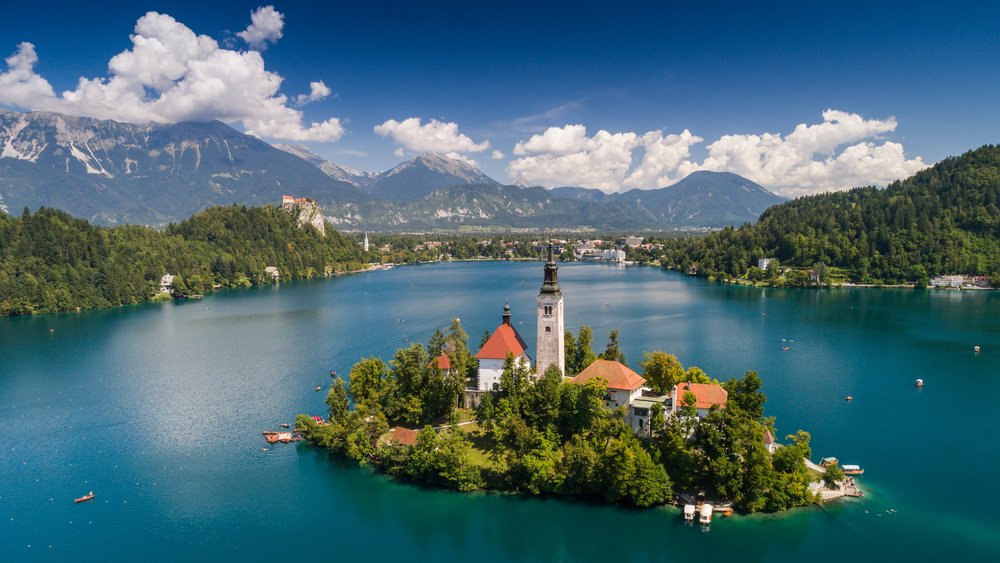
Lake Bled looks like someone took a postcard and brought it to life. The emerald-green lake sits perfectly still most mornings, reflecting the medieval castle that towers above on a 130-foot cliff. In the center of the lake, a tiny island holds Slovenia’s only island church, where couples still ring the wishing bell for good luck. You can row yourself across in a traditional pletna boat or simply walk the 3.5-mile path around the lake, stopping for the famous Bled cream cake that locals have been perfecting since 1953.
Ljubljana’s Car-Free Center
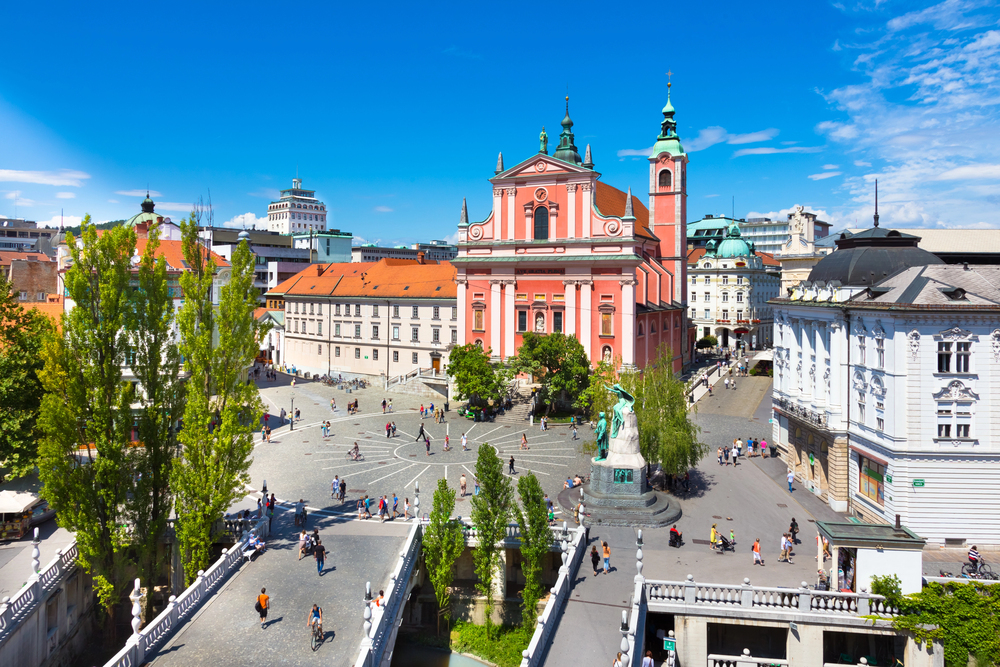
Slovenia’s capital transformed its entire city center into a pedestrian paradise, and the results speak for themselves. The historic core buzzes with outdoor cafés, street performers, and markets, all without the noise and pollution of traffic. Triple Bridge connects the medieval old town with the Austro-Hungarian newer section, creating a perfect walking route past colorful baroque buildings. The Ljubljanica River runs right through the heart of it all, lined with willow trees and outdoor restaurants where you can grab a local Lasko beer and watch the world go by.
Postojna Cave
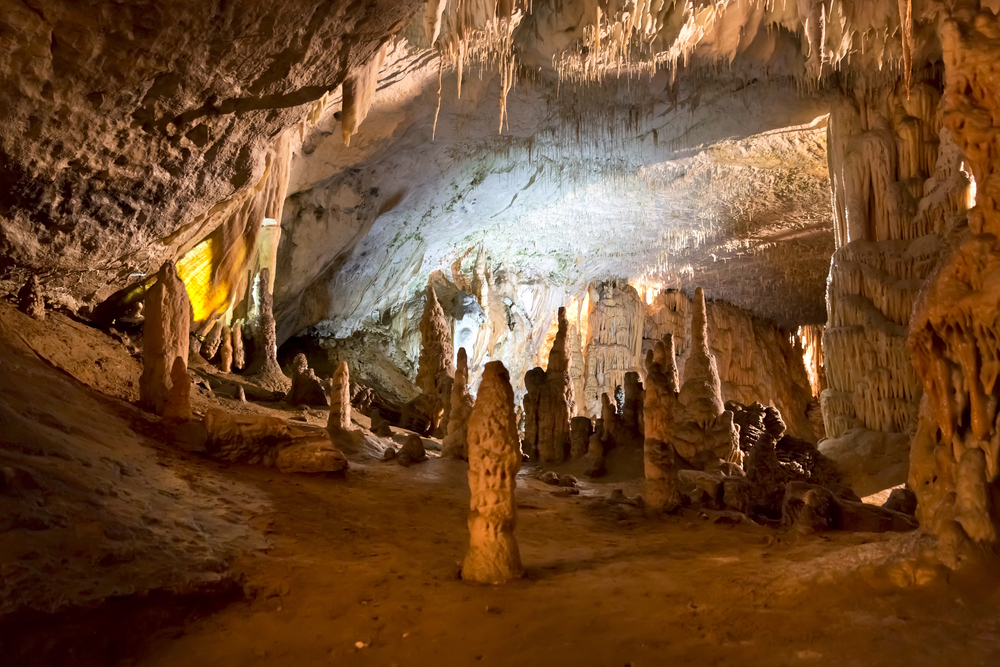
Postojna Cave stretches for 15 miles underground, making it one of the world’s longest cave systems you can actually explore. The tour starts with a thrilling train ride into the depths, followed by a walking route through chambers so vast they could fit entire cathedrals. The cave maintains a constant 50°F year-round, so it’s perfect for escaping summer heat or winter cold. What really sets this place apart are the bizarre rock formations that look like frozen waterfalls and the rare olms — blind cave salamanders that can live for 100 years.
Piran’s Venetian Architecture
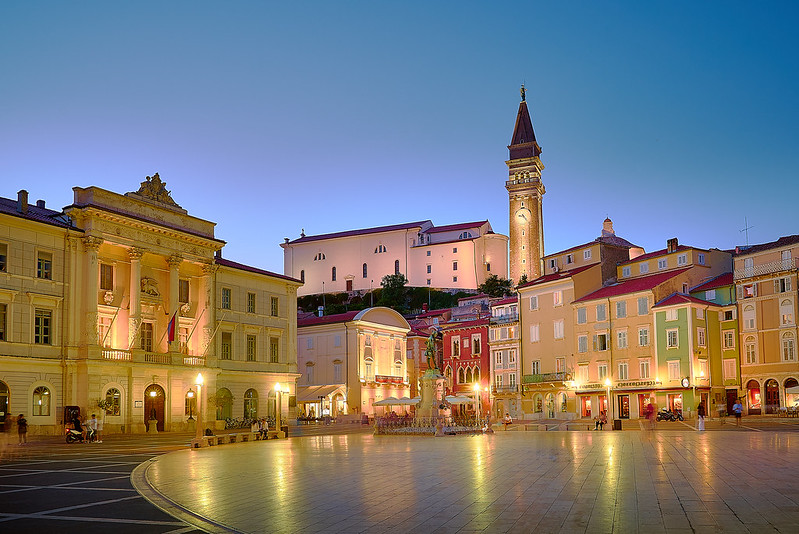
Piran feels like a piece of Venice that broke off and floated down the Adriatic coast. The compact medieval town clings to a peninsula, surrounded on three sides by the sea and filled with narrow stone streets that haven’t changed much in 500 years. Tartini Square serves as the heart of town, named after the famous violinist Giuseppe Tartini, who was born here. From the city walls, you get sweeping views of the Gulf of Trieste, and on clear days, you can see all the way to the Italian Alps.
Vintgar Gorge
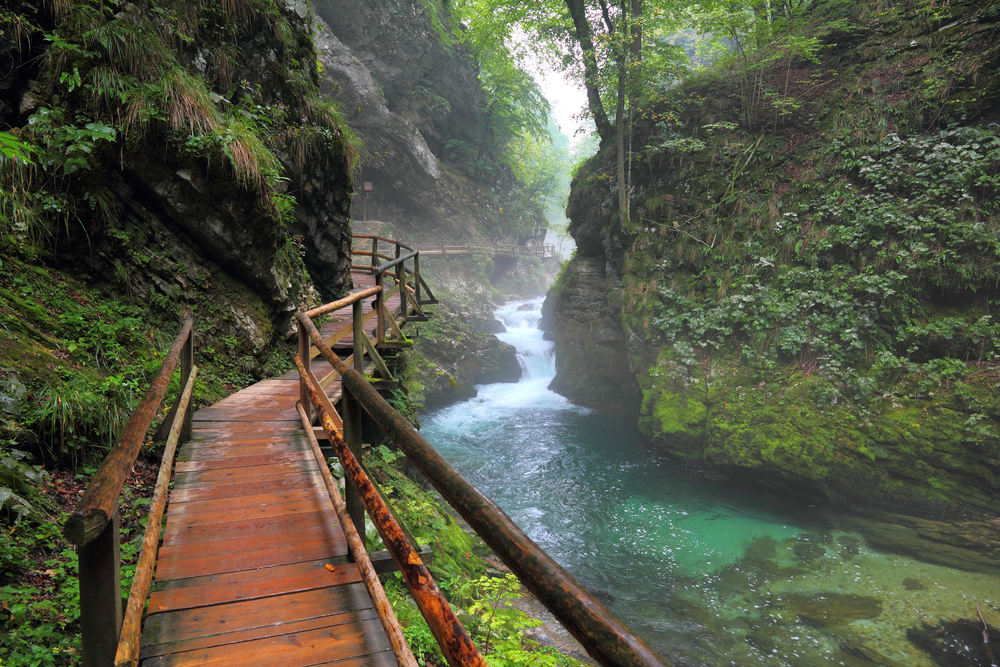
Vintgar Gorge proves that Slovenia knows how to do dramatic natural beauty on an intimate scale. Wooden walkways and bridges carry you along the Radovna River as it carves through limestone cliffs, creating waterfalls, rapids, and pools of the most incredible turquoise water. The 1.6-mile trail ends at the 52-foot Šum Waterfall, where the river plunges into a natural amphitheater of rock. It’s like walking through a fairy tale, especially in the early morning when mist rises from the water and sunlight filters through the forest canopy.
Vipava Valley Wine Region
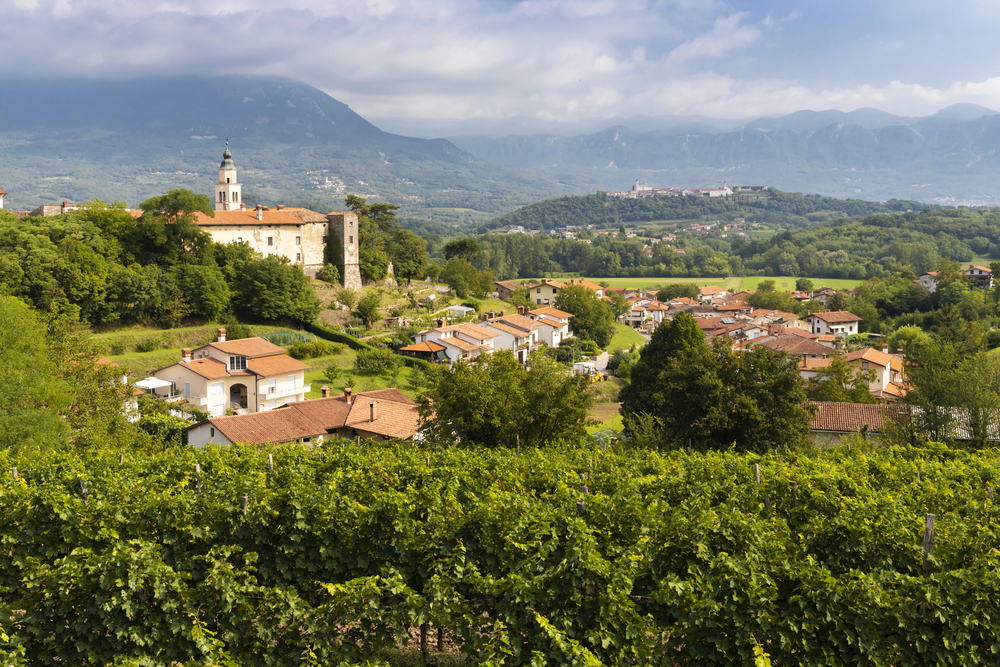
The Vipava Valley produces some of Europe’s most underrated wines, and visiting feels like you’ve discovered a secret that nobody else knows about. The region benefits from a unique microclimate where Mediterranean warmth meets Alpine coolness, creating perfect conditions for both red and white varieties. Local winemakers still run family operations that have been passed down for generations, and they’re genuinely excited to share their craft with visitors. The landscape itself looks like Tuscany’s younger, less crowded cousin, with rolling hills covered in vineyards and dotted with stone villages.
Triglav National Park
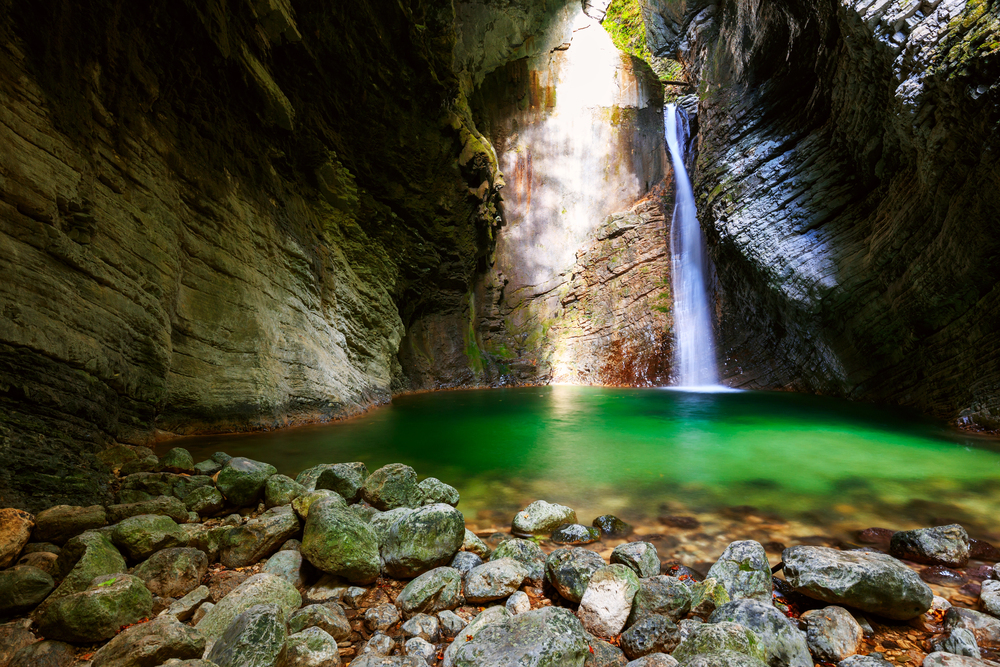
Triglav National Park covers nearly 3% of Slovenia’s entire territory, making it one of Europe’s oldest national parks. Mount Triglav itself stands at 9,396 feet and appears on Slovenia’s flag and coat of arms — it’s basically the country’s spiritual center. The park offers everything from gentle valley walks to serious Alpine climbing, with crystal-clear mountain lakes, traditional Alpine huts, and trails that connect to both Italy and Austria. The Bohinj area within the park feels particularly magical, with Lake Bohinj serving as a quieter, more pristine alternative to the tourisier Lake Bled.
Predjama Castle

Predjama Castle wins the award for most dramatic castle location in Europe, hands down. Built directly into a 400-foot cliff face, it looks like something a medieval architect designed after having too much wine and deciding to get creative. The castle has been continuously inhabited for over 800 years, surviving sieges by hiding behind the cave system that extends deep into the mountain. Today, you can explore both the castle rooms and the cave network behind it, learning about Erazem Lueger, the 15th-century knight who used the secret passages to smuggle food during a year-long siege.
Soča Valley
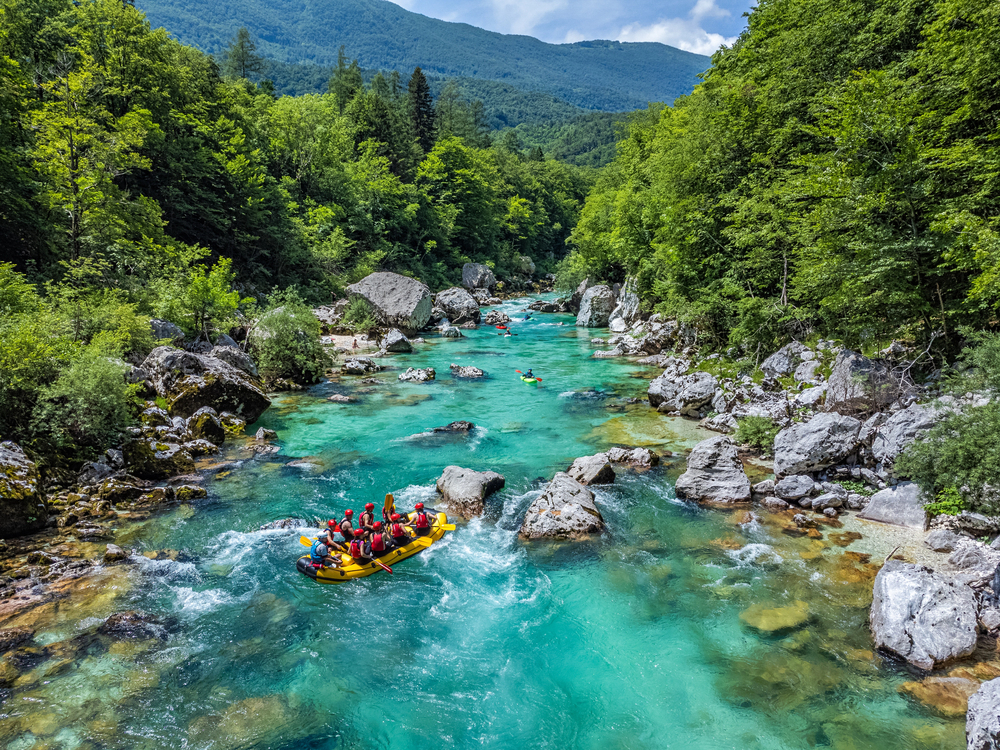
The Soča River earned the nickname ‘the Emerald Beauty’ and one look at its otherworldly turquoise waters explains why. The valley offers some of Europe’s best white-water rafting, kayaking, and fishing, all set against a backdrop of towering peaks and pristine forests. World War I history runs deep here too — the Soča Front saw some of the conflict’s most brutal mountain warfare, and you can still visit trenches and memorials scattered throughout the valley. The combination of stunning natural beauty and sobering historical significance creates an experience that stays with you long after you leave.
Ljubljana Castle
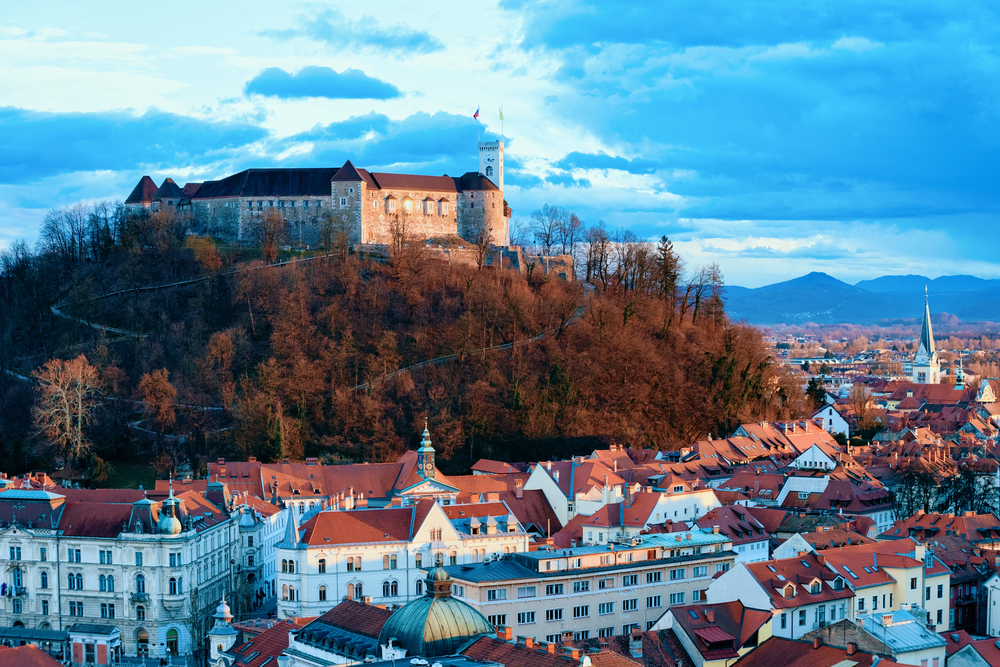
Ljubljana Castle sits on a hilltop right in the city center, offering 360-degree views that stretch from the Alps to the Mediterranean on clear days. The castle complex houses Slovenia’s most important historical exhibitions, including the story of how Ljubljana became the crossroads of Central Europe. You can reach the top via a glass funicular that’s an experience in itself, or take the walking path through the wooded hillside. The castle’s Clock Tower and Dragon Bridge below have become symbols of Slovenia, and the evening views over the red-tiled rooftops are absolutely spectacular.
Škocjan Caves
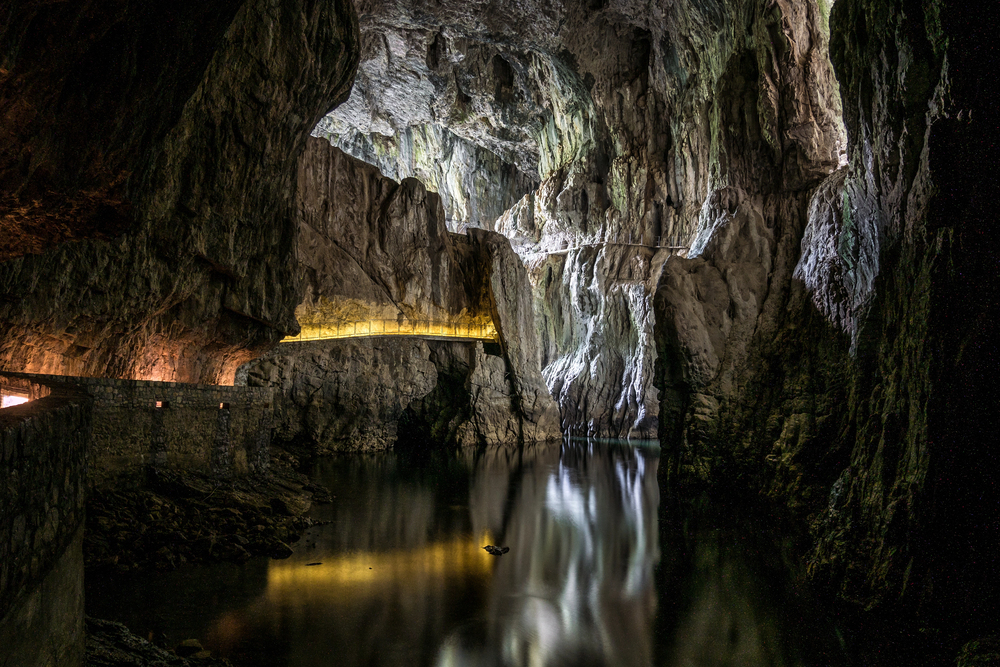
UNESCO designated Škocjan Caves as a World Heritage Site, and walking through them feels like descending into the center of the Earth. The cave system includes the largest known underground canyon, where you cross bridges suspended 150 feet above an underground river. The Great Hall could fit the Statue of Liberty with room to spare, while the Silent Cave offers delicate formations that look like they’re made of glass. Unlike the touristier Postojna Cave, Škocjan maintains a more raw, untouched atmosphere that emphasizes the sheer power of nature.
Logarska Valley
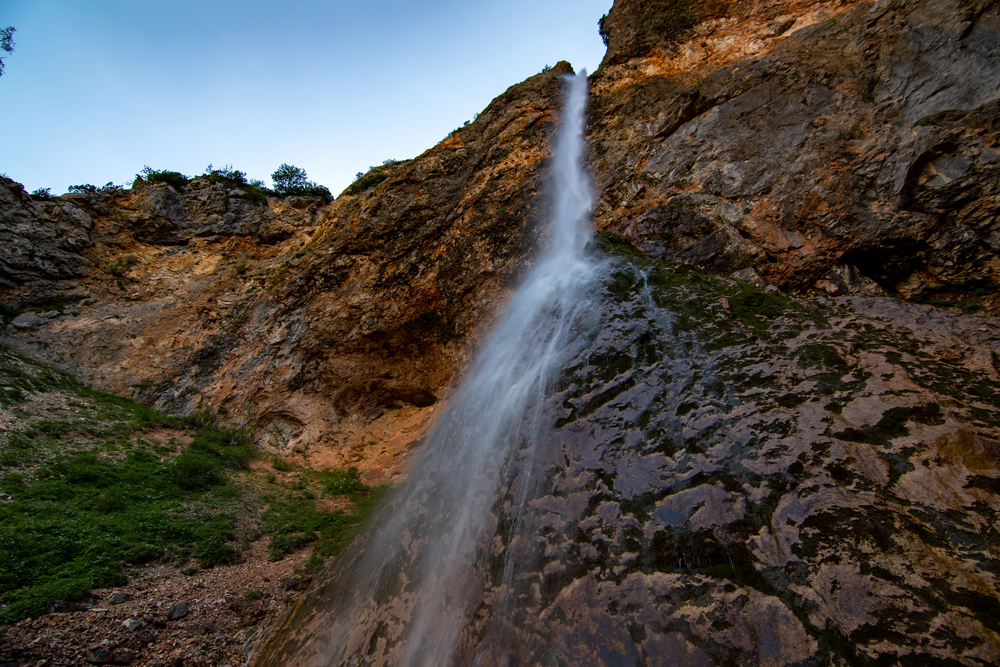
Logarska Valley represents Slovenia at its most pristine — a glacial valley surrounded by 6,000-foot peaks and filled with traditional Alpine farms that have operated the same way for centuries. The valley stretches for just 4 miles, making it perfect for hiking or cycling while taking in views that rival anything in Switzerland or Austria. The Rinka Waterfall drops 300 feet from the mountains at the valley’s head, and the surrounding area stays green and lush even in late summer. It’s the kind of place where you can still hear cowbells echoing off the mountainsides and see traditional hay-drying racks dotting the meadows.
Ptuj’s Medieval Heritage
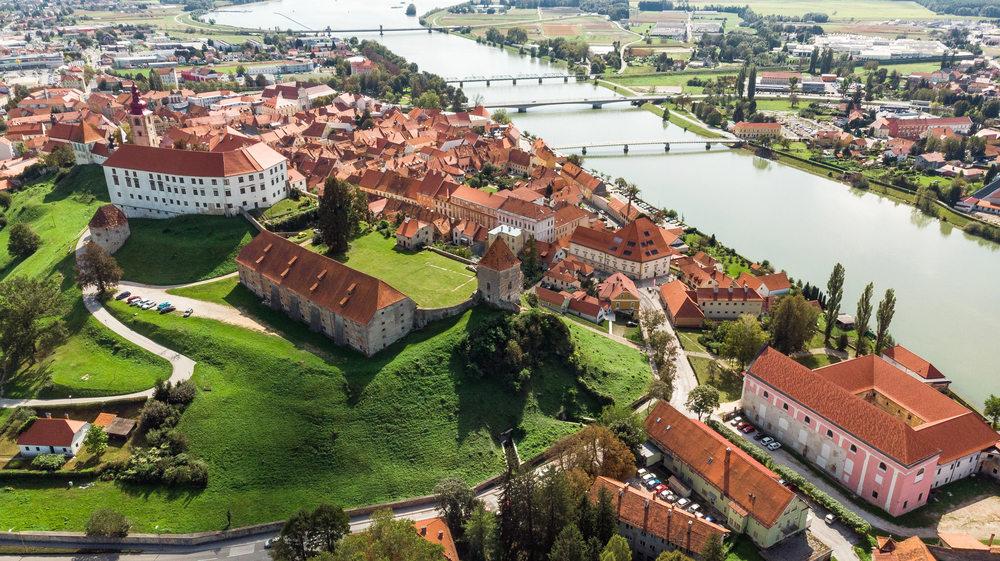
Ptuj claims to be Slovenia’s oldest recorded city, with over 2,000 years of continuous settlement creating layers of history you can literally walk through. The castle perched above the town houses one of Europe’s finest collections of traditional masks and costumes, while the streets below feature everything from Roman ruins to Gothic churches to baroque mansions. The city hosts the Kurentovanje carnival each February, where locals don elaborate furry costumes and perform ancient rituals to chase away winter. Even during quieter times, wandering Ptuj’s cobblestone streets feels like traveling through different centuries with each turn.
Maribor Wine Culture
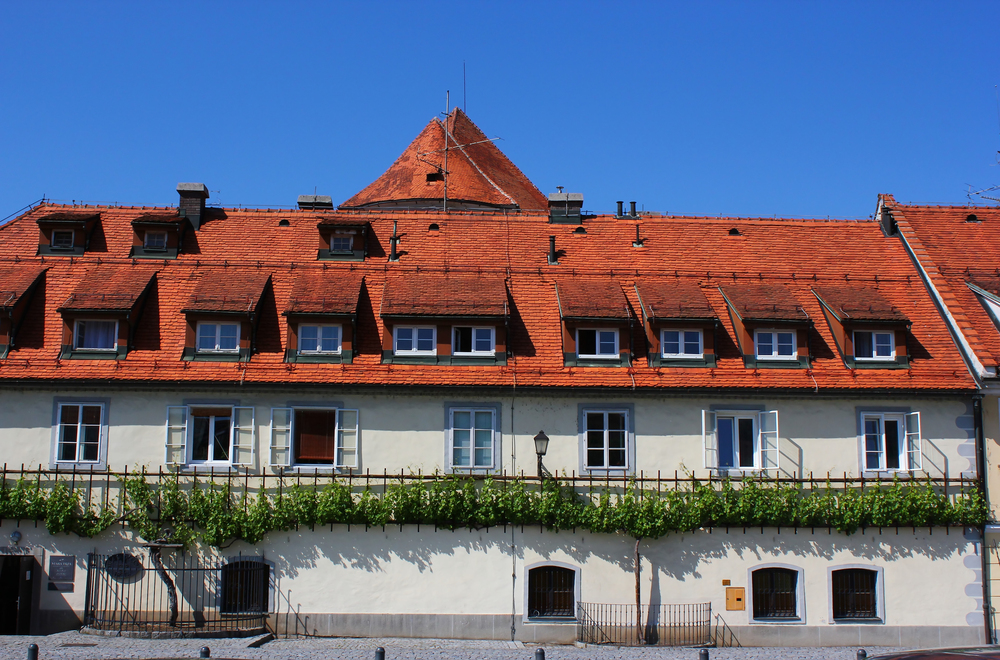
Maribor sits at the heart of Slovenia’s oldest wine region, where some vines have been producing grapes for over 400 years. The city’s Old Vine House protects what Guinness recognizes as the world’s oldest living grapevine, still producing bottles of wine that sell for hundreds of euros. The surrounding Štajerska region specializes in white wines that pair perfectly with the local cuisine, and harvest season brings festivals that turn the entire area into one big celebration. Maribor itself combines this wine heritage with a vibrant university atmosphere, creating a perfect blend of tradition and youthful energy.
Kranjska Gora Alpine Resort
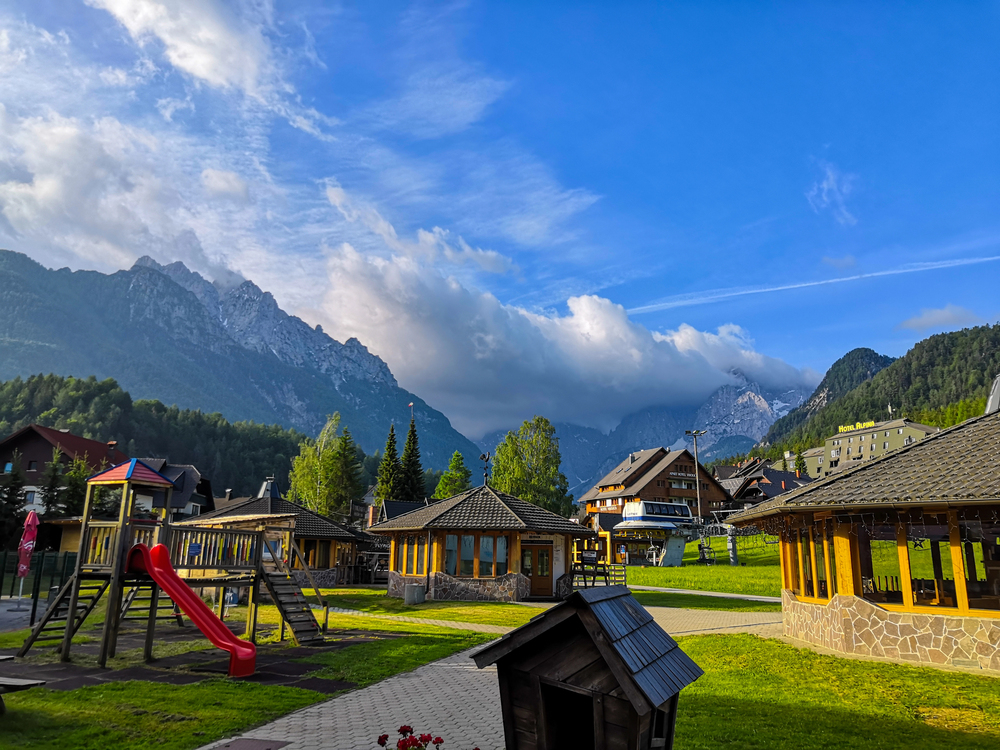
— Photo by strider944
Kranjska Gora serves as Slovenia’s premier mountain resort, offering world-class skiing in winter and incredible hiking in summer. The town sits in a valley surrounded by the Julian Alps, with Mount Triglav visible from most hotel windows and the Austrian and Italian borders just minutes away. Lake Jasna, right on the town’s edge, provides swimming and paddling opportunities with mountain reflections that photographers dream about. The area maintains a distinctly Slovenian character despite its international appeal, with traditional wooden chalets and family-run restaurants serving hearty Alpine cuisine.
Idrija Mercury Mine
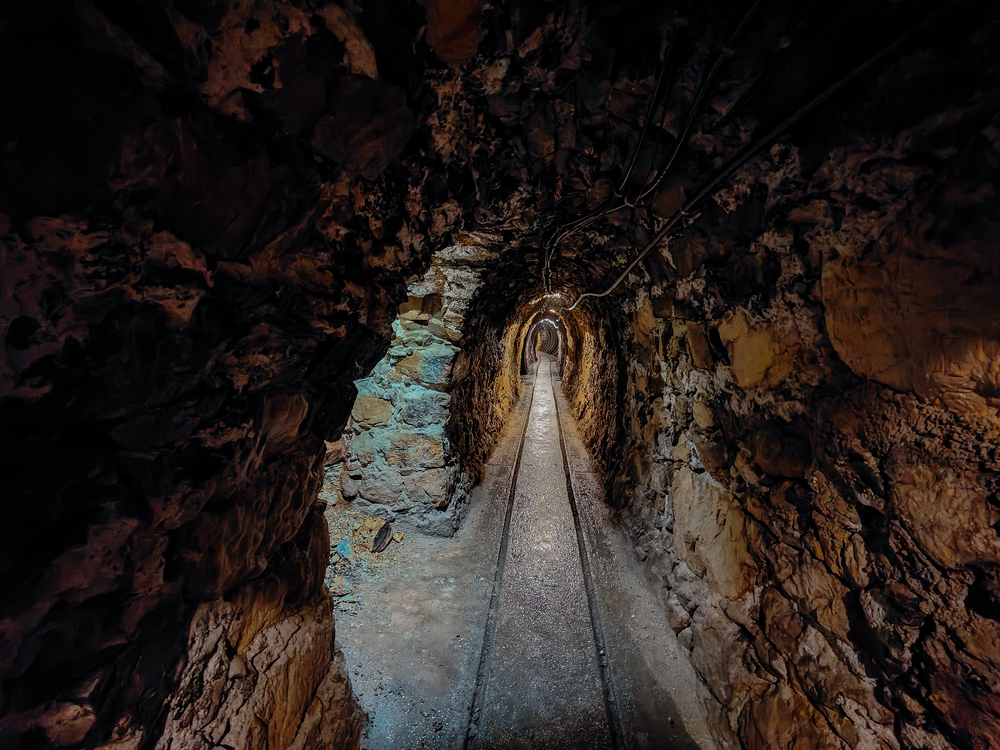
The Idrija Mercury Mine represents 500 years of mining history and earned UNESCO World Heritage status for its unique preservation of industrial heritage. The underground tours take you through tunnels that miners carved by hand, complete with original wooden supports and mining equipment that looks like it belongs in a steampunk novel. Above ground, the town of Idrija developed its own distinct culture, including the famous Idrija lace-making tradition that locals still practice today. The Anthony Mine Shaft descent gives you a genuine sense of what working conditions were like centuries ago, making it both educational and surprisingly moving.
Bovec Adventure Sports
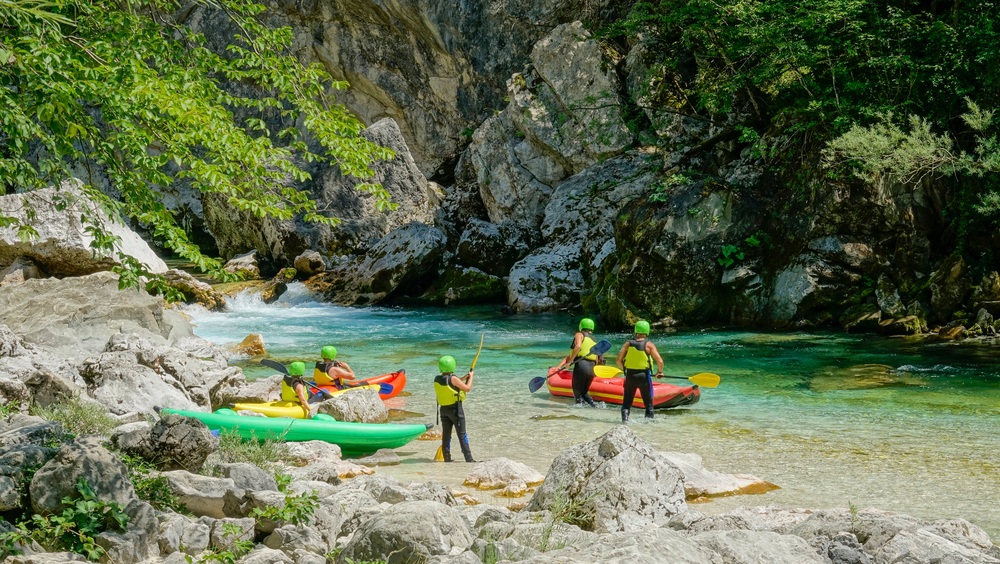
Bovec has earned recognition as one of Europe’s top destinations for adrenaline junkies, offering everything from world-class white-water rafting to paragliding to canyoning. The Soča River provides Class III-V rapids that challenge even experienced rafters, while the surrounding mountains offer some of the best rock climbing and mountaineering in the region. What sets Bovec apart from other adventure destinations is its compact size — you can literally try three different extreme sports in a single day and still have time for a proper dinner. The town maintains an authentic mountain atmosphere despite its adventure tourism focus, with locally-run outfitters who genuinely love sharing their playground with visitors.
Lake Bohinj Tranquility
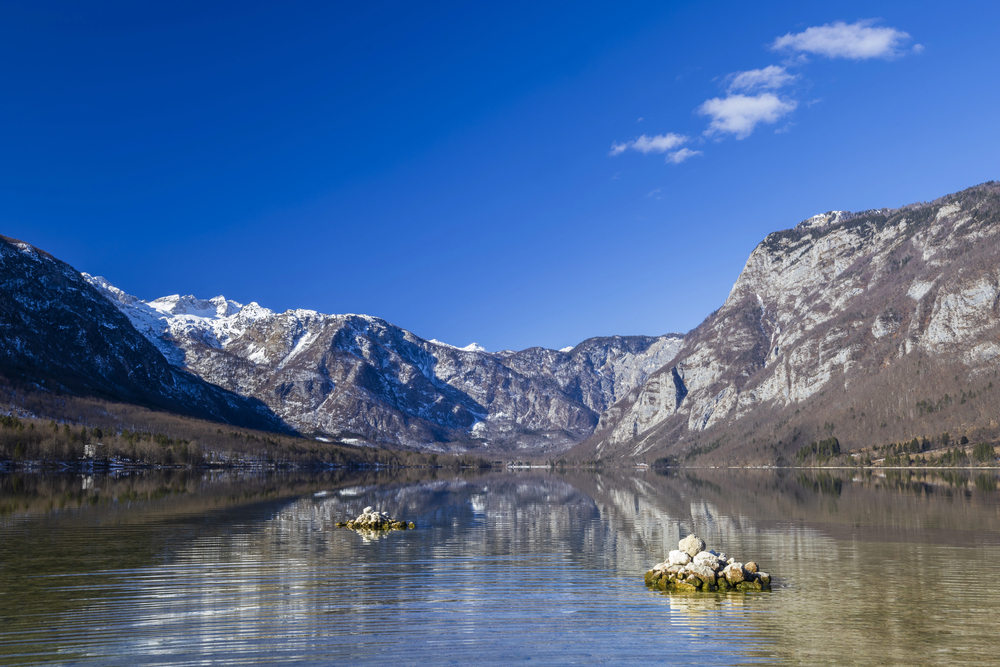
Lake Bohinj offers everything Lake Bled provides but with a fraction of the crowds and a more authentic Alpine atmosphere. The lake sits entirely within Triglav National Park, ensuring its pristine condition and limiting development to a few traditional villages along its shores. Swimming in Bohinj feels like bathing in liquid crystal, with water so clear you can see trout swimming 20 feet down. The surrounding mountains provide dozens of hiking trails, from gentle lakeside walks to serious Alpine routes, while the Savica Waterfall tumbles 230 feet from the mountains directly into the lake’s watershed.
A Living Museum

Slovenia today represents what happens when a small country gets everything right — from environmental protection to cultural preservation to sustainable tourism development. The country achieved independence just over 30 years ago, yet it has managed to maintain its distinct identity while embracing modern European values. Traveling through Slovenia feels like discovering how tourism should work, where development enhances rather than destroys natural beauty, and where locals genuinely welcome visitors rather than simply tolerating them. It’s a place that proves small can be spectacular, and sometimes the best destinations are the ones that don’t feel the need to shout about their attractions.
More from Travel Pug

- 20 Best Beach Towns in the Carolinas
- 13 Destinations Where Tourists Regularly Regret Their Trip
- 20 Things You Actually Get in First Class
- 20 Small Airports With Aviation Museums
- 20 Places in the U.S. That Are Perfect for a Reset Trip
Like Travel Pug’s content? Follow us on MSN.
